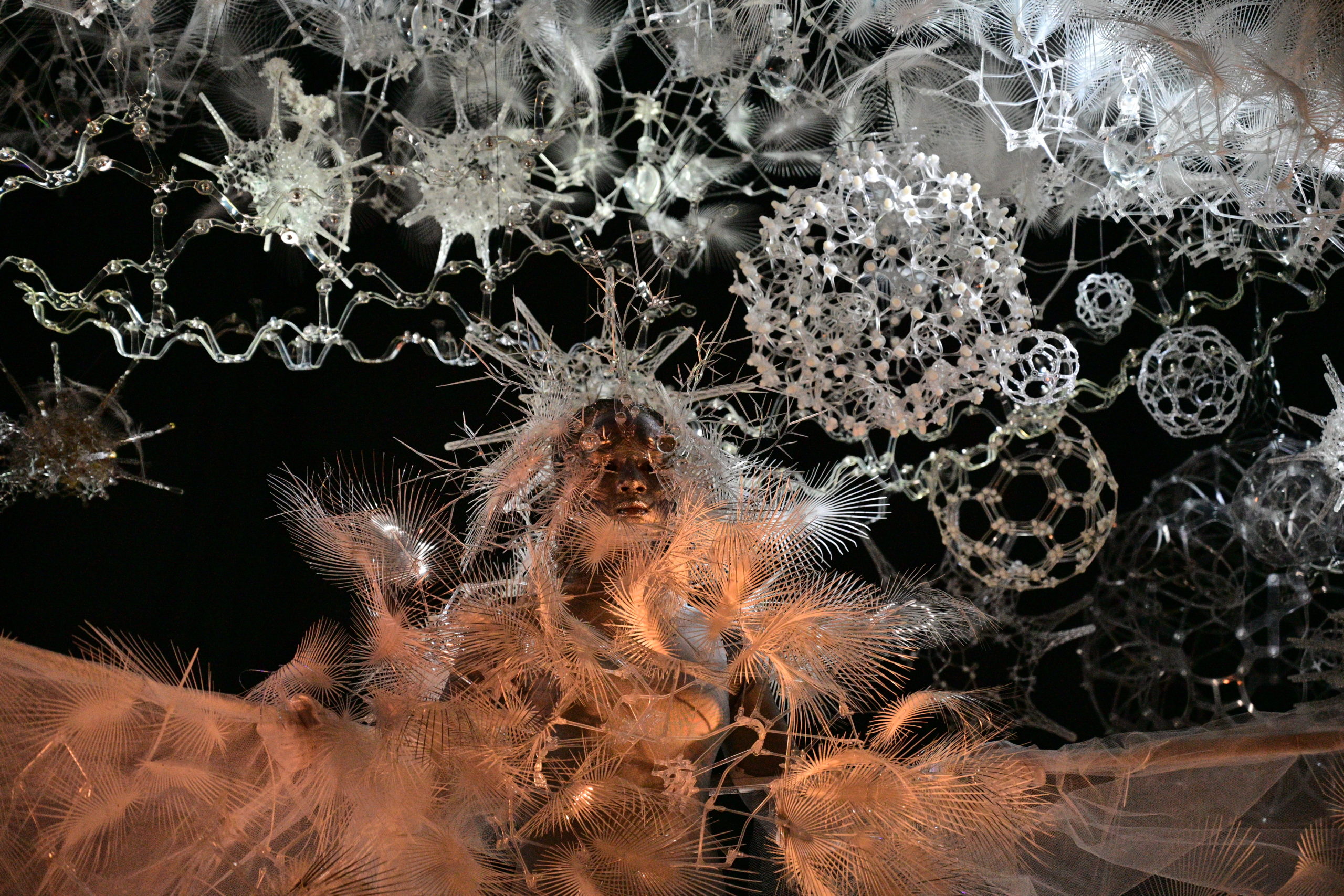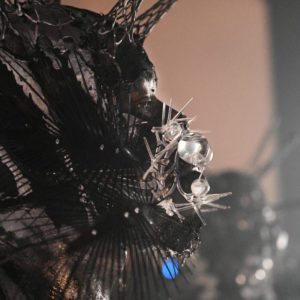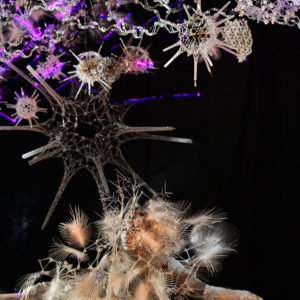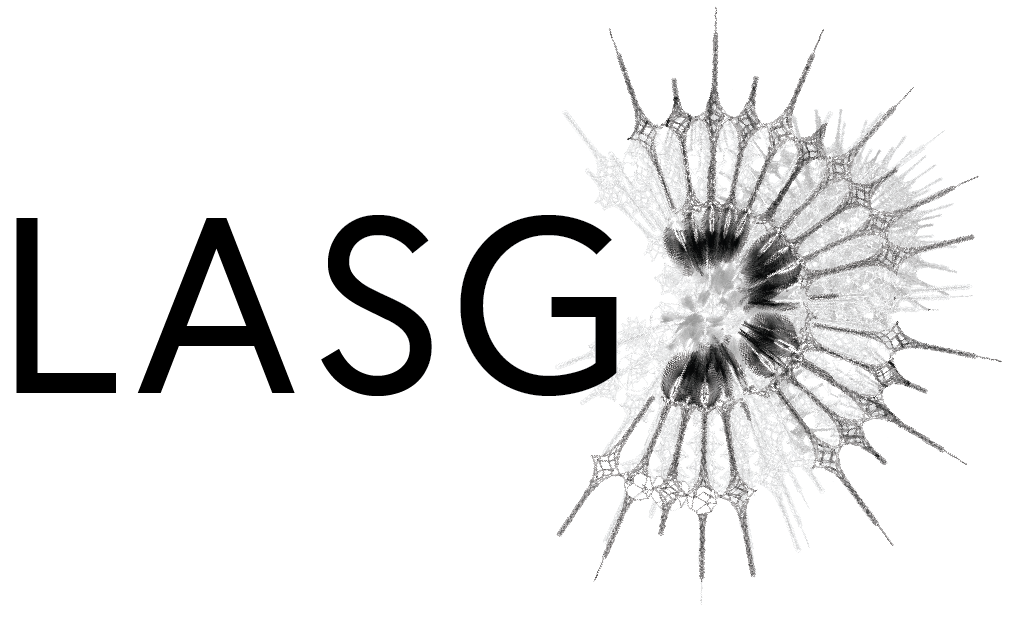Superbloom: An Emancipation Story
Toronto History Museums
Toronto, CAN 2021
Superbloom: An Emancipation Story by Hyghly Alleyne, Eric Black, Michael Lee Poy and Philip Beesley is a short film set in the haunted sites of Toronto’s colonial slave-owning past. A young boy meets a Moko Jumbie ancestor who guides him in a dream-like journey inspired by Carnival rituals. He finds crystalline seeds that grow into potent visions of Black pride, love, and anguish. A deep connection between the elder and the boy results and creates powerful new paths of resistance, alliance and emancipation for future generations.
Superbloom: An Emancipation Story is inspired by the Caribbean carnival with its intermixed African and European sources. Carnival became the locus for communal and personal expressions of freedom in the colonial public domain. Like the elaborate costumes and performances in carnival, dream-like visions within the film create an expansive sense of dignity and reverence and offer new symbols of emancipation. The seminal book Emancipation Day – Celebrating Freedom in Canada by Natasha L. Henry was a source for key images in the film.
The film was directed by Hyghly Alleyne and produced by Eric Black in collaboration with Michael Lee Poy and Philip Beesley who contributed script, scenography and costume design. Umbereen Inayet was executive producer. The project featured performances by Lillian Allen, Xica Dieffenthaller-Lee Poy and Aziah Jansson-Auld, and included contributions from Remember the 400, OCADU, Waterloo Architecture’s Living Architecture Systems Group.
Superbloom: An Emancipation Story – City of Toronto
Superbloom: An Emancipation Story
by Hyghly Alleyne, Eric Black, Michael Lee Poy, and Philip Beesley
Core Team
Executive Producer/Curator: Umbereen Inayet
Director: Hyghly Alleyne
Producer: Eric Black
Design: Philip Beesley & Michael Lee Poy
Script: Michael Lee Poy & Lillian Allen, with Philip Beesley
Performers
Moko Jumbie: Xica Dieffenthaller-Lee Poy
The Boy: Aziah Jansson-Auld
Script Narrator: Lillian Allen
Dancers: Marcus Paris, Jamari Whittaker
Remember the 400: Collective including Kemba Byam Akimbo, Doreen Simpson
Film Production
Director of Photography: Tristan Challenger
Line Producer: Hayden Currie
Art Direction: Vanessa Cesario
Projection Design & Editing: Sava Terehoff
First Assistant: Maksym Medvediev
Gaffer: Niko Kaigorodtcev
Camera Assistant: Yousef Moussa
Operator: Matthew Filice
Grip & Projection: Patricio Gonzalez
Behind the Scenes Documentarian: Andrew Williamson
Design Team
Design Director: Lisa Jiang
Assistant Designer: Sofia Villasmil Wilhelm
PBSI Lead: Timothy Boll
Electronics: Michael Lancaster
Makeup: Xica Dieffenthaller-Lee Poy
Book Design: Adam Hu
Production Assistants: Joel Tony-Enwin, Xavier Gordon, Filipe Costa, Dima Ghazal, Nathan Shakura, Jinchen Cai
PBSI Executive: Matt Gorbet, Ellie Hayden, Anne Paxton, Stephen Ru
Communications and Documentation
City of Toronto: Adam Moffat, Andrew Williamson
Support gratefully acknowledged from: Canada Council for the Arts, Confronting Anti-Black Racism Office (City of Toronto), FrontRunner Technologies, Living Architecture Systems Group, La Société Moko Jumbie, OCAD U, Social Services and Humanities Research Council of Canada, Waterloo Architecture Cambridge















